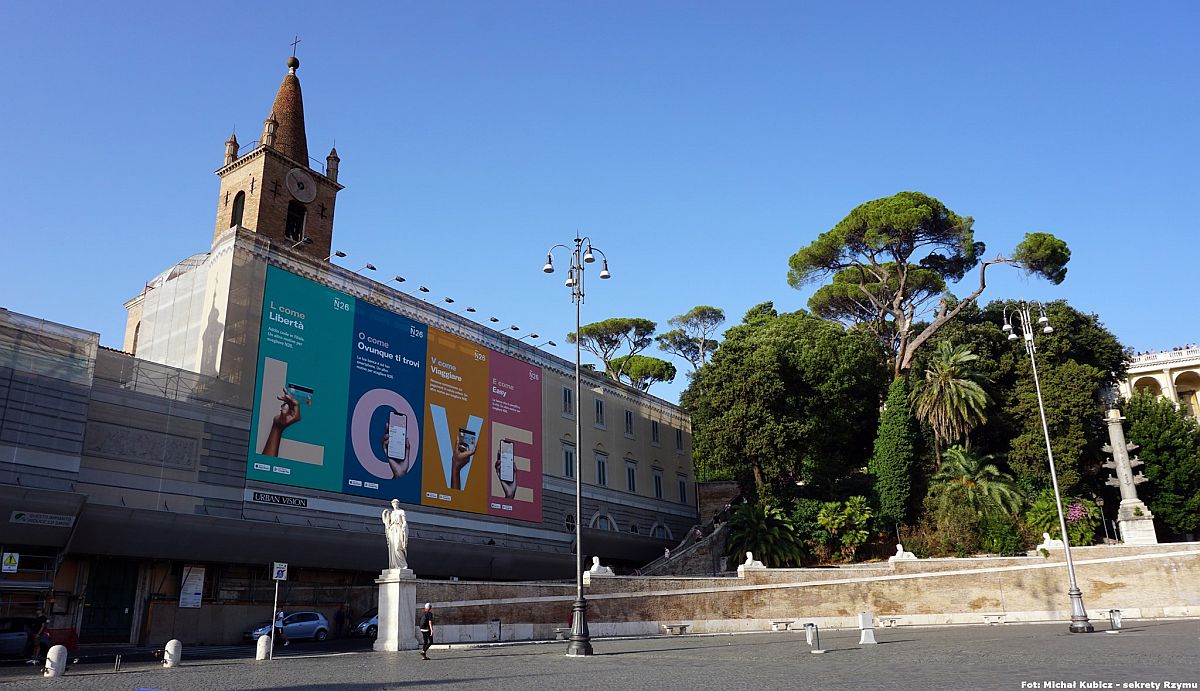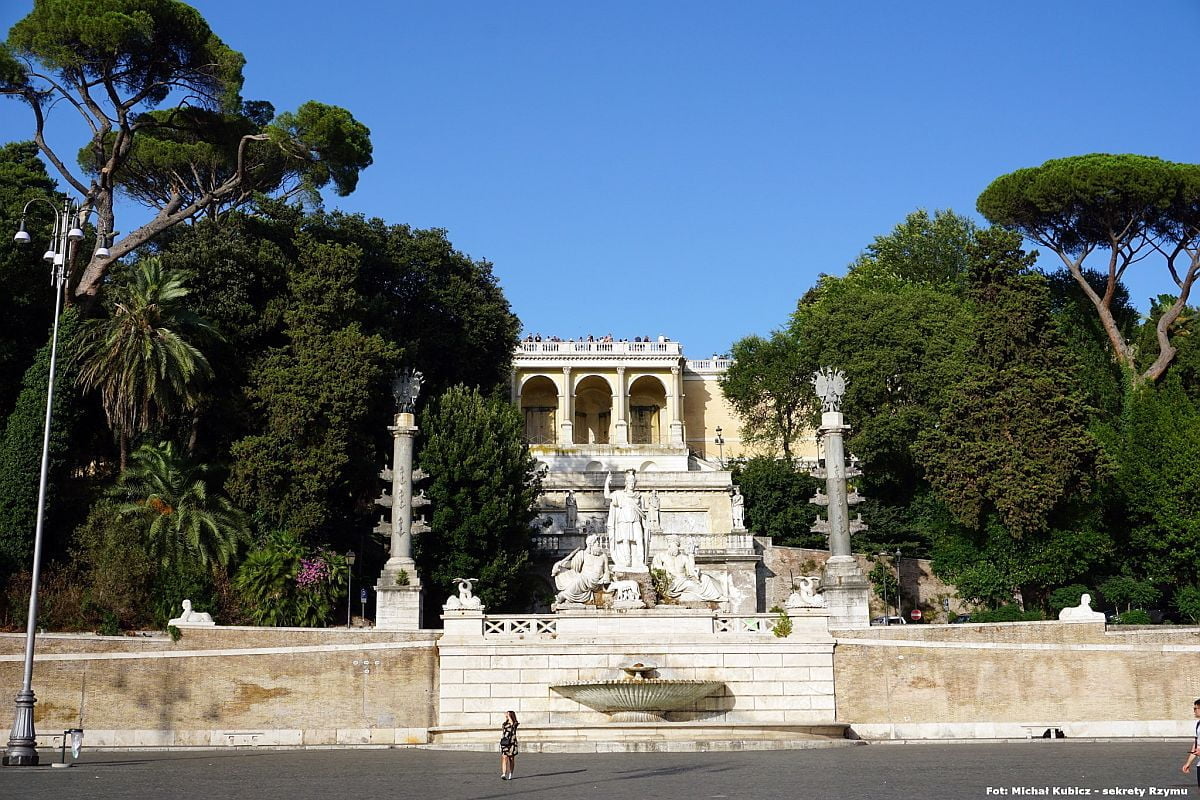We all remember from elementary school the ending of the novel “Quo Vadis?” H. Sienkiewicz, in which he recorded the end of the life of Emperor Nero, based on the account of the ancient historian Suetonius:
“It is time, then!” said he, looking into the sky. And he repeated once more, “What an artist is perishing!”
At that moment the tramp of a horse was heard. That was the centurion coming with soldiers for the head of Ahenobarbus.
“Hurry!” cried the freedmen.
Nero placed the knife to his neck, but pushed it only timidly. It was clear that he would never have courage to thrust it in. Epaphroditus pushed his hand suddenly—the knife sank to the handle. Nero’s eyes turned in his head, terrible, immense, frightened.
“I bring thee life!” cried the centurion, entering.
“Too late!” said Nero, with a hoarse voice; then he added—
“Here is faithfulness!”
In a twinkle death seized his head. Blood from his heavy neck gushed in a dark stream on the flowers of the garden. His legs kicked the ground, and he died.
On the morrow the faithful Acte wrapped his body in costly stuffs, and burned him on a pile filled with perfumes.
So much for Sienkiewicz. But what happened next? Where was Nero buried? The writer does not reveal this to us. But in Suetonius, we find a continuation of this story. He writes like this:
He was buried at a cost of two hundred p181 thousand sesterces and laid out in white robes embroidered with gold, which he had worn on the Kalends of January. His ashes were deposited by his nurses, Egloge and Alexandria, accompanied by his mistress Acte, in the family tomb of the Domitii on the summit of the Hill of Gardens, which is visible from the Campus Martius. In that monument his sarcophagus of porphyry, with an altar of Luna marble standing above it, is enclosed by a balustrade of Thasian stone.
– Suetonius, Nero, 50
Elsewhere Suetonius writes that Nero was cremated before his death. His account also shows that the ashes were not deposited at the Mausoleum of Augustus, as were other members of the Julio-Claudian dynasty, but in his family’s grave on the side of his biological father – Gnaeus Domitius Ahenobarb. The mention that the tomb can be seen from the Field of Mars suggests that it was not at the very base of the hill, but a little higher. The “Hill of Gardens” (collis hortorum) mentioned by Suetonius is nothing else than the present Pincio, on the northern edge of the historic centre of Rome, so you should look for Nero’s tomb there.
It is traditionally assumed that this tomb was located in the vicinity of Piazza del Popolo. It was still visible at the turn of the 11th and 12th centuries. Unfortunately, his fate was sealed by… the dream of Pope Paschal II. Well, this pope, reigning in the years 1099 – 1118, had a dream that the crows crawling over the tomb of the Domitius are evil spirits serving Nero. For this reason, the Pope ordered the tomb to be demolished and a Christian altar to be erected there. A little later, in the 13th century, the Basilica of Santa Maria del Popolo was built on the site of the altar.
Was that actually where the infamous Nero was buried? Of course, we do not have certainty, and we will never have it. But it is a curiosity that under the monastery buildings of the Order of St. Augustine, next to the Basilica of Santa Maria del Popolo, an underground chamber was found after a large tomb, the above-ground part of which was demolished. The monastery buildings partially cut into the slope of Pincio Hill, so some archaeologists believe that the found chamber is nothing more than the remains of the former Sepulcrum Domitiorum – the tomb of the Domitius, where the remains of Lucius Domitius Ahenobarb, known as Emperor Nero, are buried.
- Rome, Basilica of Santa Maria del Popolo. Unfortunately, the facade of the church has been covered with scaffolding for a long time. It is said that this is where the tomb of the Domicjusz family, where Nero was buried, was located.
- Rome, the slope of Pincio at Piazza del Popolo. In the past, this hill was called Collis Hortorum – the Hill of Gardens. As you can see – it has retained its green character to this day. It was on the slope of this hill (in the place partly occupied by the Basilica of Santa Maria del Popolo) that the tomb of the Domitius was supposed to be.









